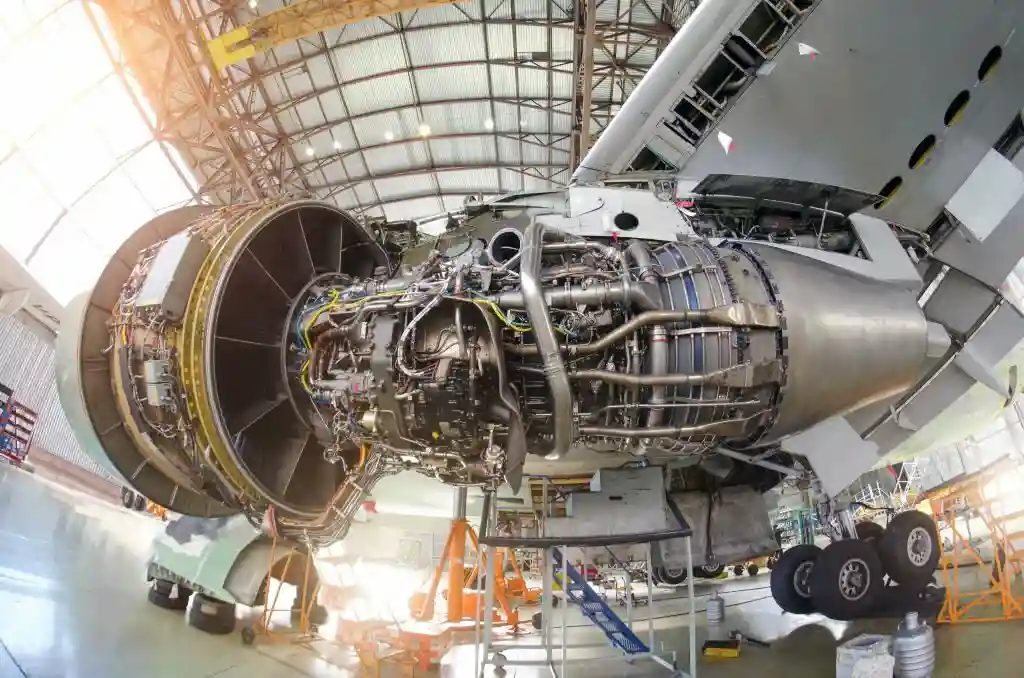Aircraft structures encompass the physical framework of an aircraft, providing the necessary strength, stability, and aerodynamic shape to support flight. These structures are designed to endure various forces experienced during flight, including aerodynamic forces, weight, and environmental factors.
- Fuselage: The main body of the aircraft that houses passengers, cargo, and crew. It provides structural support and contains essential components such as the cockpit, cabin, and cargo holds.
- Wings: These provide lift and are crucial for flight. Wings generate lift by creating a pressure difference between the upper and lower surfaces as air flows over them.
- Empennage: This refers to the tail section of the aircraft, including the horizontal stabilizer, vertical stabilizer, and control surfaces like the rudder and elevators. It helps maintain stability and control during flight.
- Control Surfaces: These movable surfaces, such as ailerons, elevators, and rudders, allow pilots to control the aircraft’s movement and attitude.
- Engine Mounts: Structures that hold and attach the engines to the aircraft, distributing the forces generated by the engines throughout the airframe.
- Landing Gear: The undercarriage of the aircraft that enables it to take off, land, and taxi on the ground.
Materials used in aircraft structures have evolved over time, ranging from traditional aluminum alloys to composite materials like carbon fiber-reinforced polymers. These materials offer advantages in terms of weight reduction, strength, and resistance to fatigue and corrosion.
Designing aircraft structures involves intricate engineering considerations, including aerodynamics, structural integrity, weight distribution, and safety standards. Continuous advancements in technology and materials drive improvements in aircraft structure design, making aircraft more efficient, lighter, and safer for flight.
